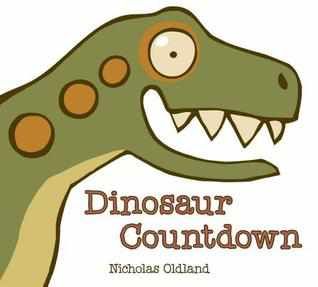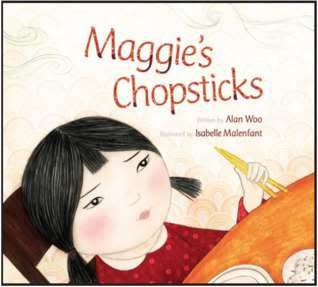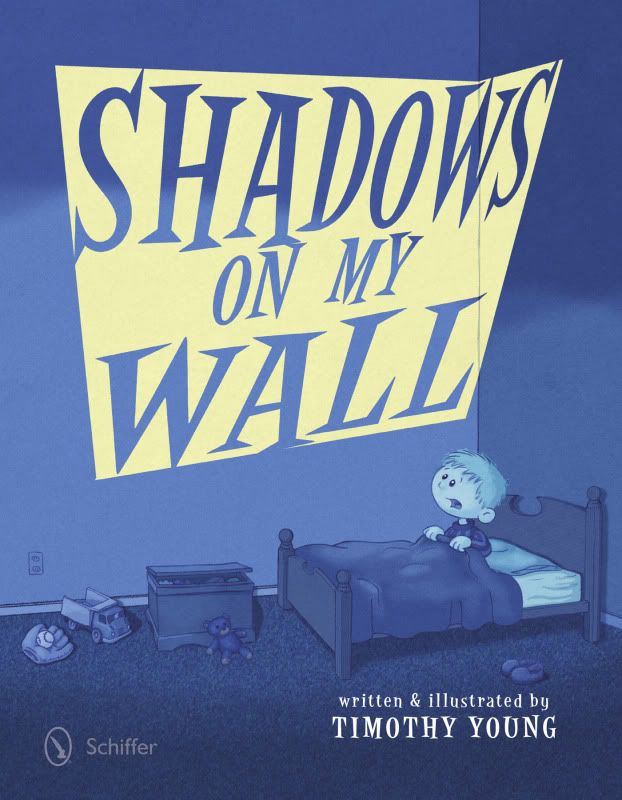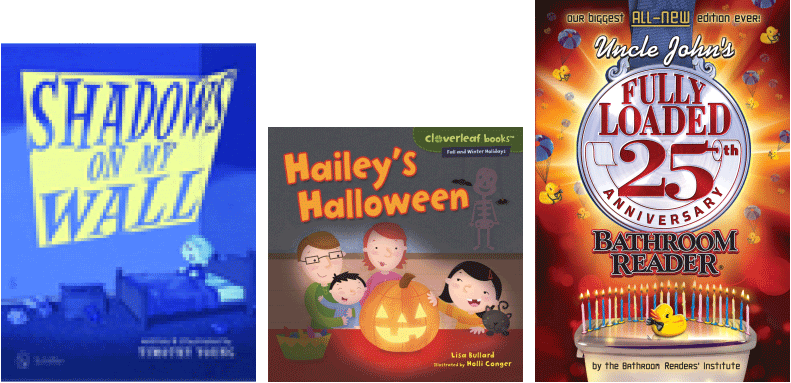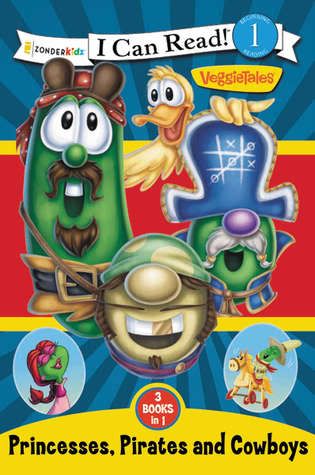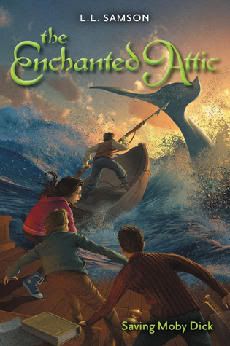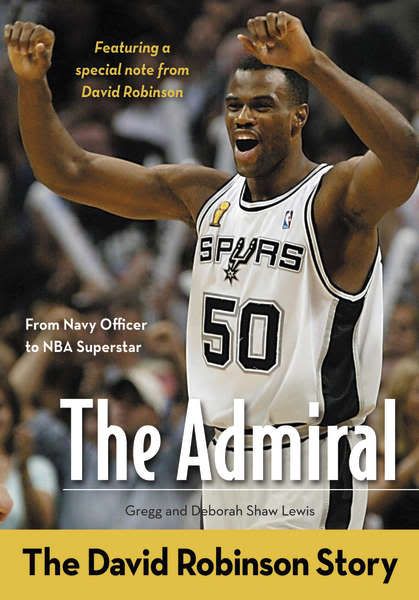Set in the Full-of-Pride Forest, the trees stand tall as they flourish and flaunt their fancy foliage. “There were Poplars, and Maples, five Oaks and two Peaches, Cedars, some Redwoods, and nine or ten Beeches.”
Situated amongst the flashy is one simple tree which is not as tall or as abundant as the rest.It doesn’t have any blossoms, leaves or even a single branch. Consequently, it’s teased and
taunted for being different. The Ash and the Date tell the glorious Banyan, “I’m certainly glad that it’s not our companion!” The Willow cries out to the Birch and the Teak, “It kinda looks funny, and skinny, and weak.”
Despite the hurtful slurs, The Tree With No Branches holds steady and takes a brave, stoic stance against the mean trees. It remains optimistic and kind, preserving its integrity and
inner strength. “While the others would push up and puff out all around, the tree with no branches grew roots deeper down.”
Then one day a family visits the forest to enjoy a picnic lunch, but a torrential storm blows in and they must seek immediate refuge. As debris swirls through the air, they remain safe—but only with the help of very unlikely, but mighty source. Finally, the storm subsides and the family makes an astounding discovery—and their reaction radiates amazement in this trunkwarming tale of gargantuan proportions.
Full of surprise and delight, The Tree With No Branches is a spirited story for children and nature-lovers ages 4-9. It transports youngsters into a land of imagination and fascination— with an opportunity for reflection, hope and appreciating what is on the inside is what matters most. In addition to the memorable lessons about courage, compassion and respect, Johnny Knew creates an impactful resource for the classroom to address other fundamental messages; Inner growth creates a lifelong foundation, excessive emphasis on one’s outer beauty is shallow compared to the beauty of one’s’ heart, there is joy in loving others, confronting bullies is the right thing to do and making the correct choice may sometimes require standing alone.
The illustrations are beautifully crafted and bring life to the trees in the forest, adding detail and dimension to these characters exquisitely. The Tree With No Branches is a children’s book to cherish and remember.
MY TAKE:
Bullying is a very important subject for kids to learn about and this book might help kids do that.
In The Tree With No Branches, a branch-less Banyan tree is treated shabbily by his more leafy neighbors.
I felt bad for the little Banyan tree at first because he seemed so sad. The plot can seem obvious, after all, what purpose would it serve for the Banyan to have deep roots? That said, the descriptions and writing make this worth the read. I particularly liked the rhymes as they were creative and used a variety of words and not the simple rhyming words that authors usually use.
The illustrations sacrificed a little bit of the cute factor by opting for more realistic-looking trees with wrinkled bark and eyes that are built into the bark. I like the coloring, especially of the grass, which looks like it was water-colored.
Thanks to the author for the e-ARC.
THE GOOD:
- Your kids will learn about different kinds of trees.
- It will teach your child to be kinder to others who are different.
- The ending is unexpected and nice.
THE BAD:
- Some kids might not find the illustration to their liking.
FAVORITE QUOTE/S:
But the Tree-With-No-Branches would pay them no mind
and respond to the mean, pretty trees acting kind.
And though it was teased by the Elm and Persimmon
it always stayed sweet,
even to the old Lemon.
READ IT IF:
- You want to teach your child the importance of being kind to others.
- You want to teach your child that it's okay to be different.
- You're looking for a feel-good children's book.
RATING:

SOUNDS INTERESTING?









